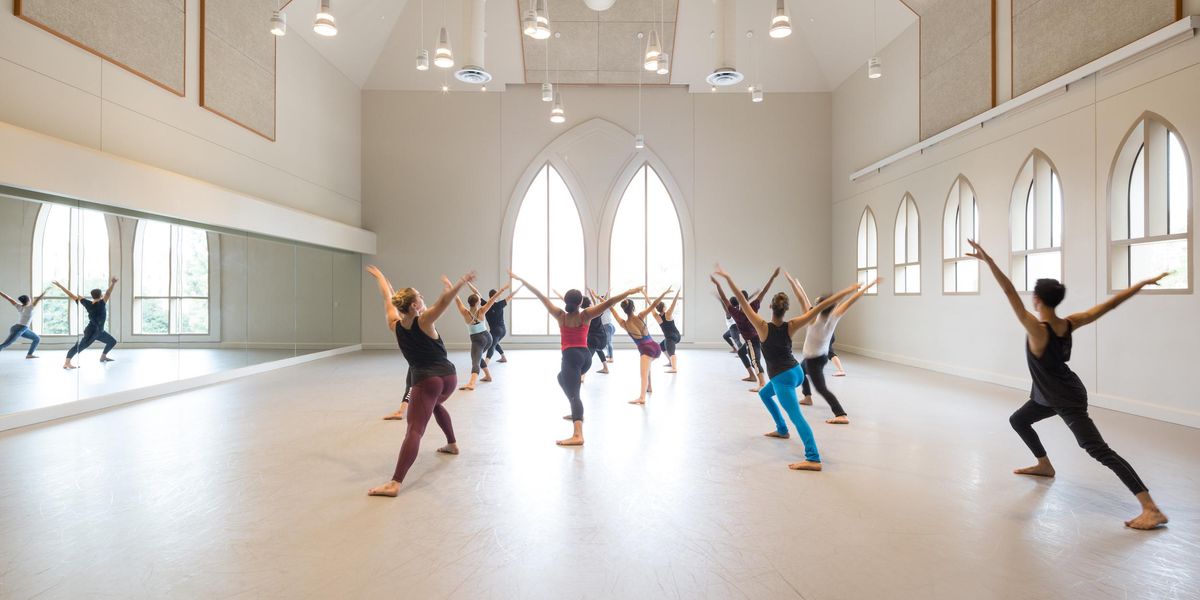On the Rise: Beckanne Sisk
The Ballet West dancer has charisma to spare.
Last February, two days before Ballet West premiered its new Don Quixote, 19-year-old corps dancer Beckanne Sisk checked the final cast list and found her name printed next to Kitri for opening night. It was an extraordinary opportunity for a new company member who only a short time before thought she would be Kitri’s understudy. In performance, Sisk rose to the role’s challenges, peppering her 32 fouettés in her Act III variation with triple pirouettes, and eliciting cheers from the audience.
Ballet West artistic director Adam Sklute tapped Sisk to join the main company at the start of the 2011 season, after she had danced for a year with BWII. Her unpretentious manner, long lines, and regal height help her project an unusual combination of charisma and sincerity. “She is a dancer with an exquisite physical facility, a powerful technical capability, and an instinctive artistic understanding,” Sklute says. “She is always open to corrections and she works very hard.”
Sisk grew up in Longview, Texas. She credits her older sister Jessica for awakening her interest in ballet. Even when she was too young to reach up to the barre, Sisk followed her sister to class. As soon as she was old enough, Sisk started studying at Longview Ballet Theatre. She went to summer intensives at Philadelphia’s Rock School, which eventually offered her a year-round scholarship. She also attended Youth America Grand Prix for four years, eventually catching the eye of Adam Sklute, who was a judge.
“I first saw Beckanne at YAGP when she was only 15,” Sklute says. “I was completely taken by her line, her phenomenal turning ability, her beauty, and stage presence. When she turned 17, I worked hard to get her to Ballet West.”
Sisk has found her time at BWII and now Ballet West a valuable change from the variation-focused competition scene. In her first season alone, in addition to Kitri, she has danced the Sugarplum Fairy, as well as a featured role in Paquita. “In competitions the variations are isolated from the history and context of the rest of the ballet,” she says. “Now I realize there is so much more to what it means to be a character onstage.”
Though turns and balances come naturally to her, Sisk still has technical challenges to overcome. She is extremely flexible, for one. “When I was little it worked against me because I had no strength,” Sisk says. “I was all over the place. The Rock faculty worked with me on it.” She also admits that she prefers story ballets. It’s one reason, Sklute says, he cast her in Emeralds. “I want to push her to improve outside her comfort zone,” he says.
While Sisk may have some areas she needs to work on, her first year as a Ballet West company member has been an auspicious one. She will be promoted to demi-soloist next season. “You can see the technique, artistry, and plain star power in her,” Sklute says. “Given the proper guidance, nurturing, and push, I can see Beckanne becoming a major ballerina.”
Kathy Adams writes on dance for the Salt Lake Tribune.
Sisk as Kitri. Photo by Luke Isley, Courtesy Ballet West.




